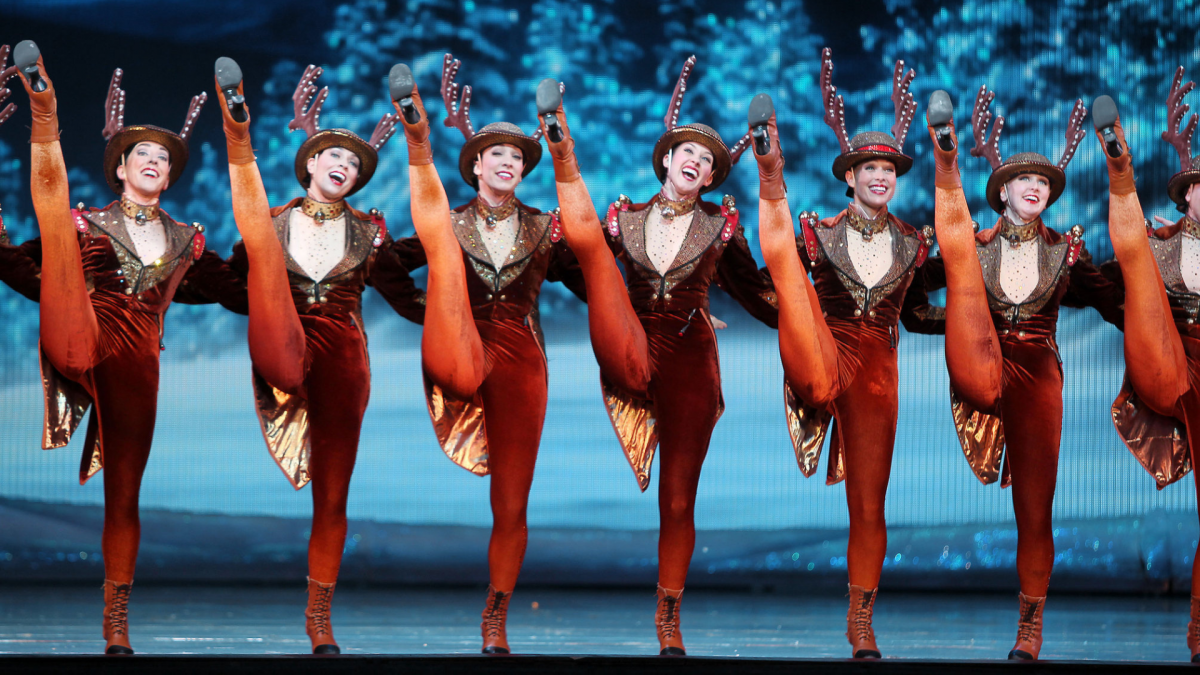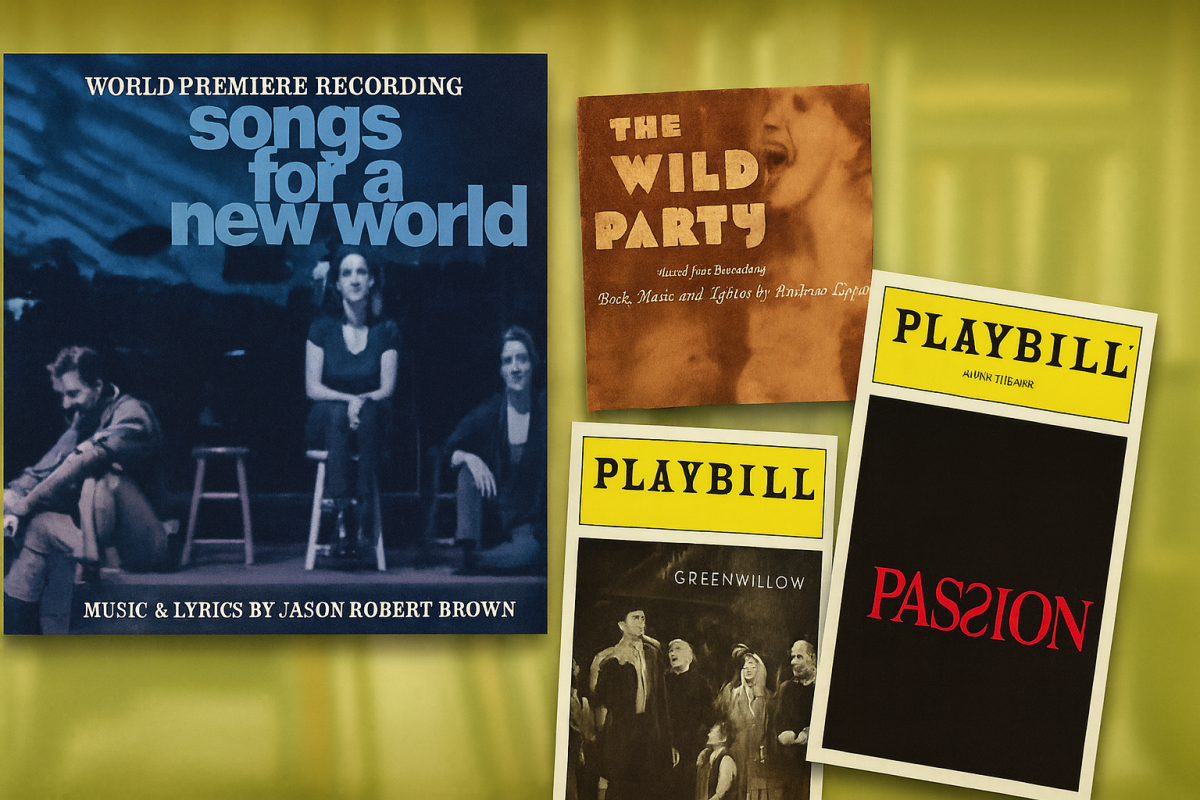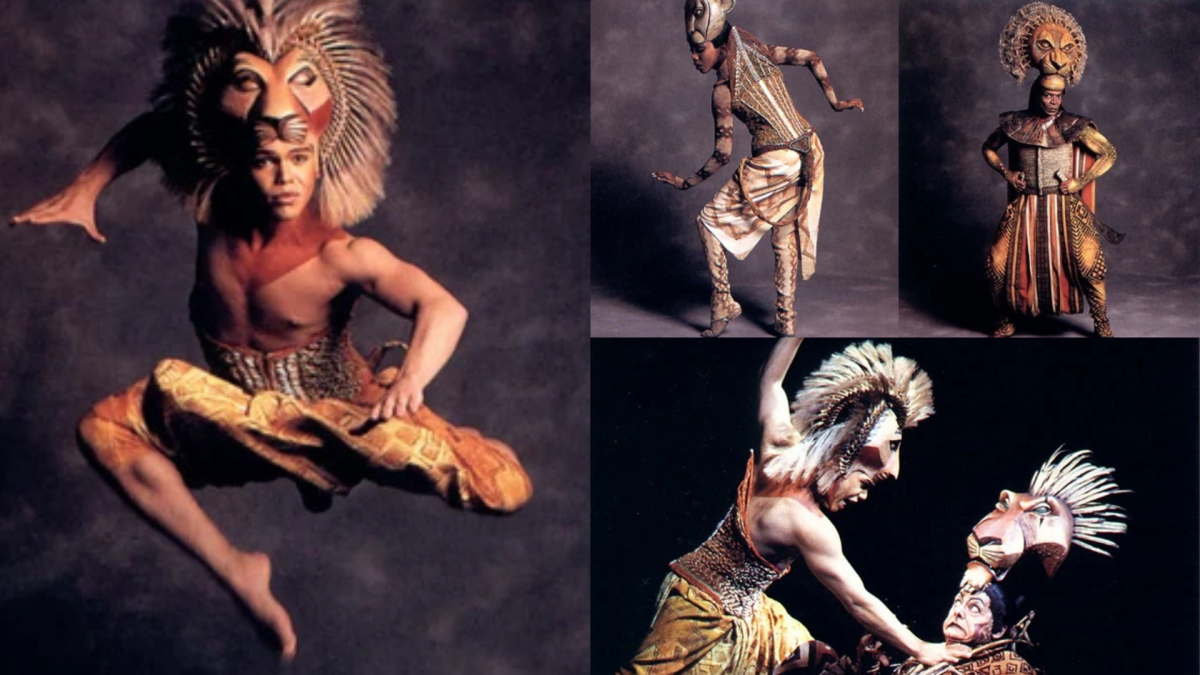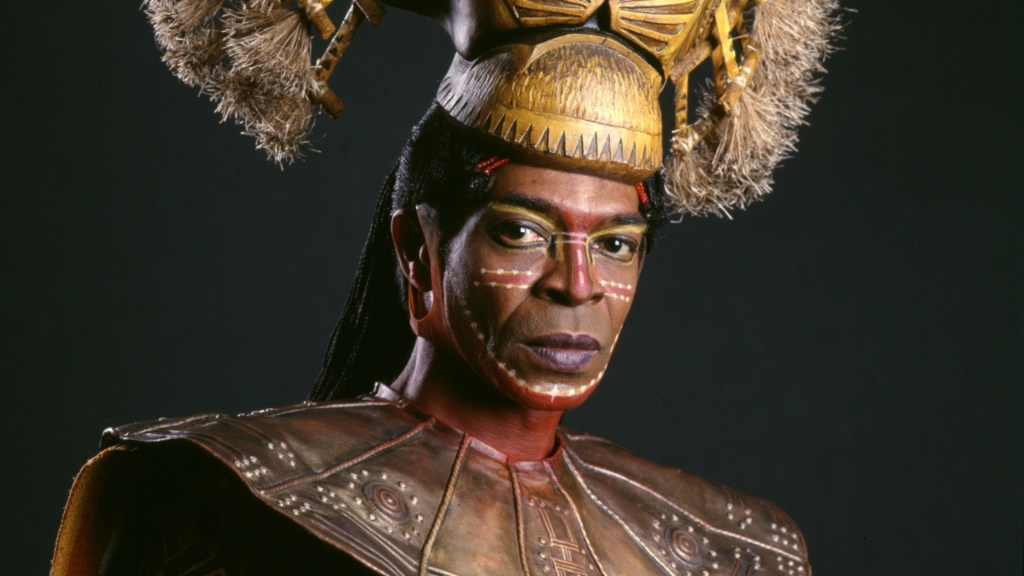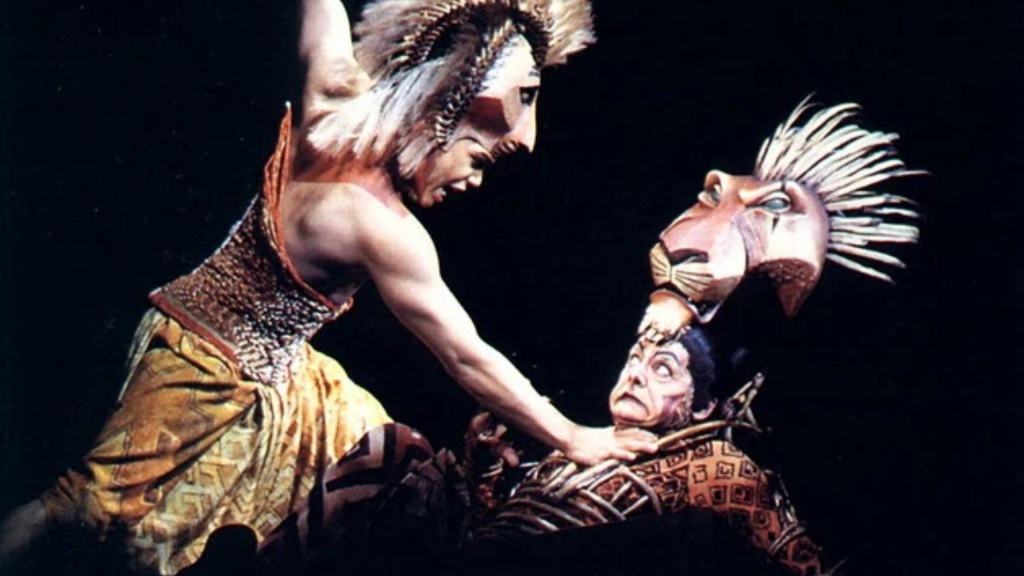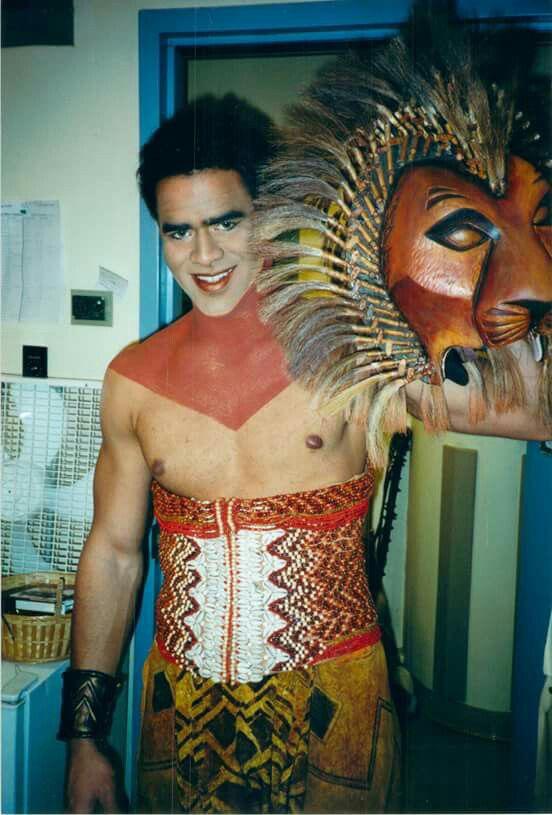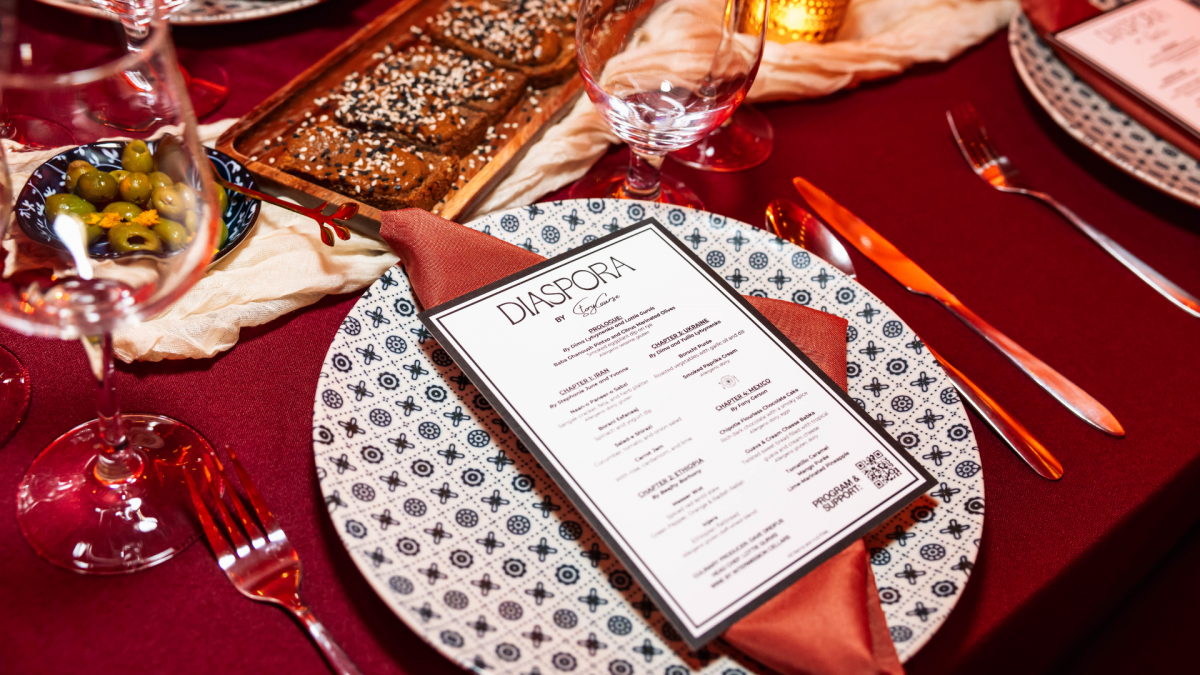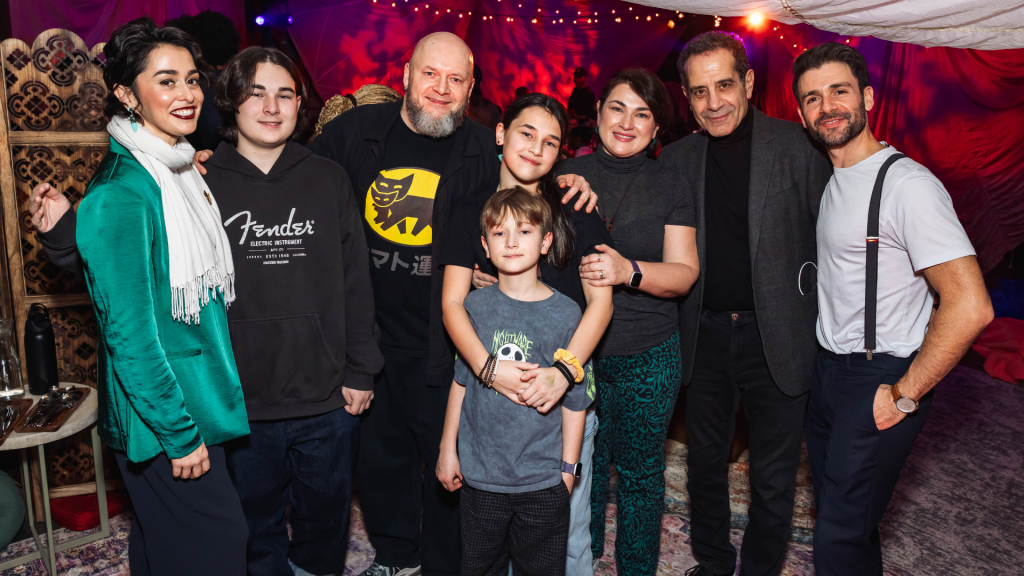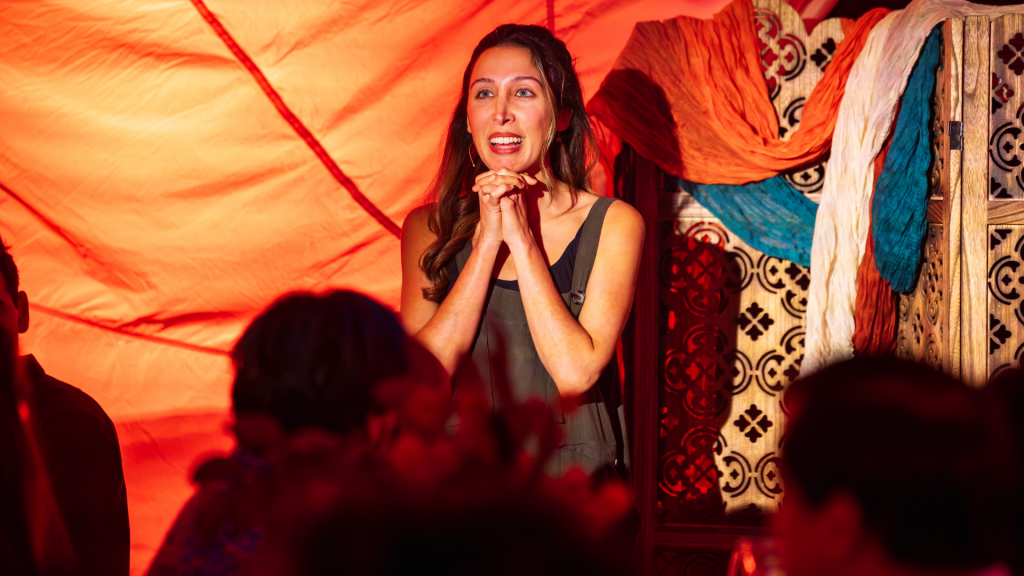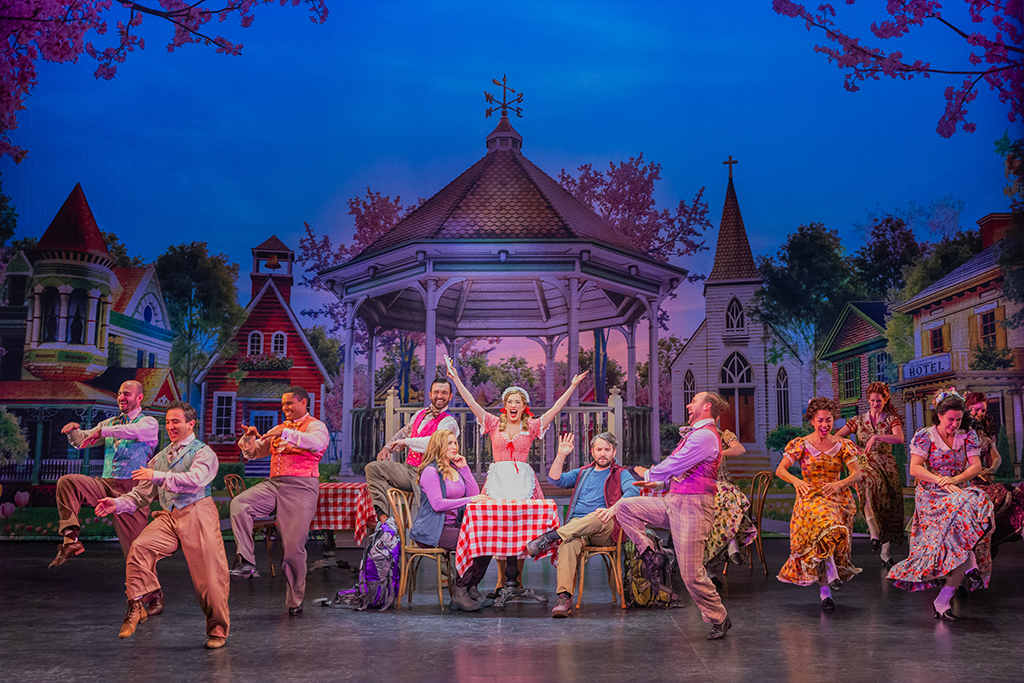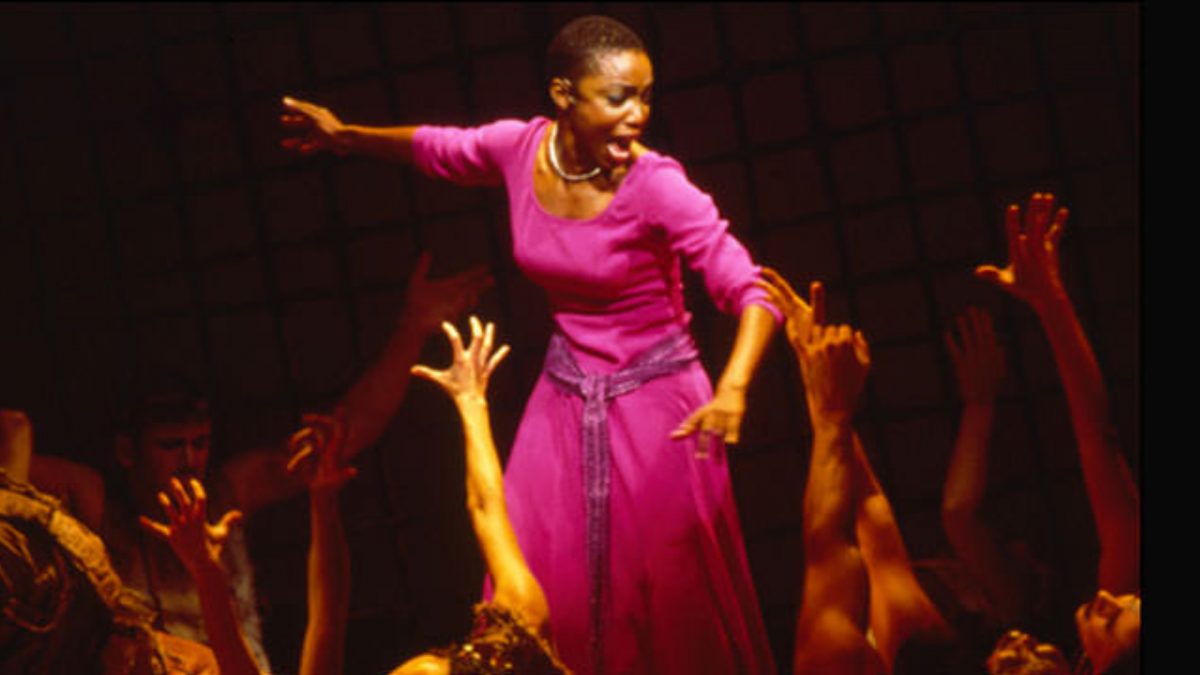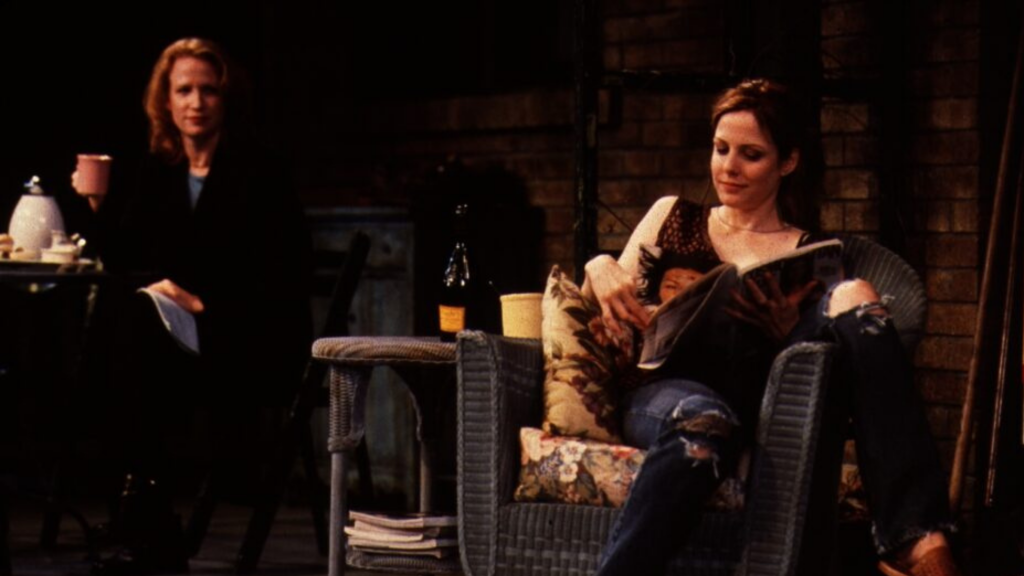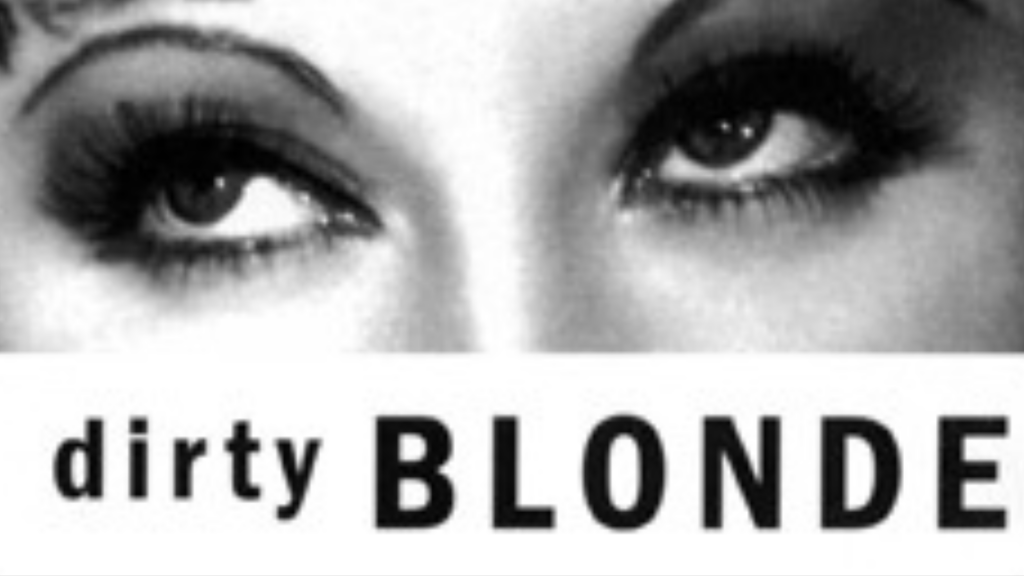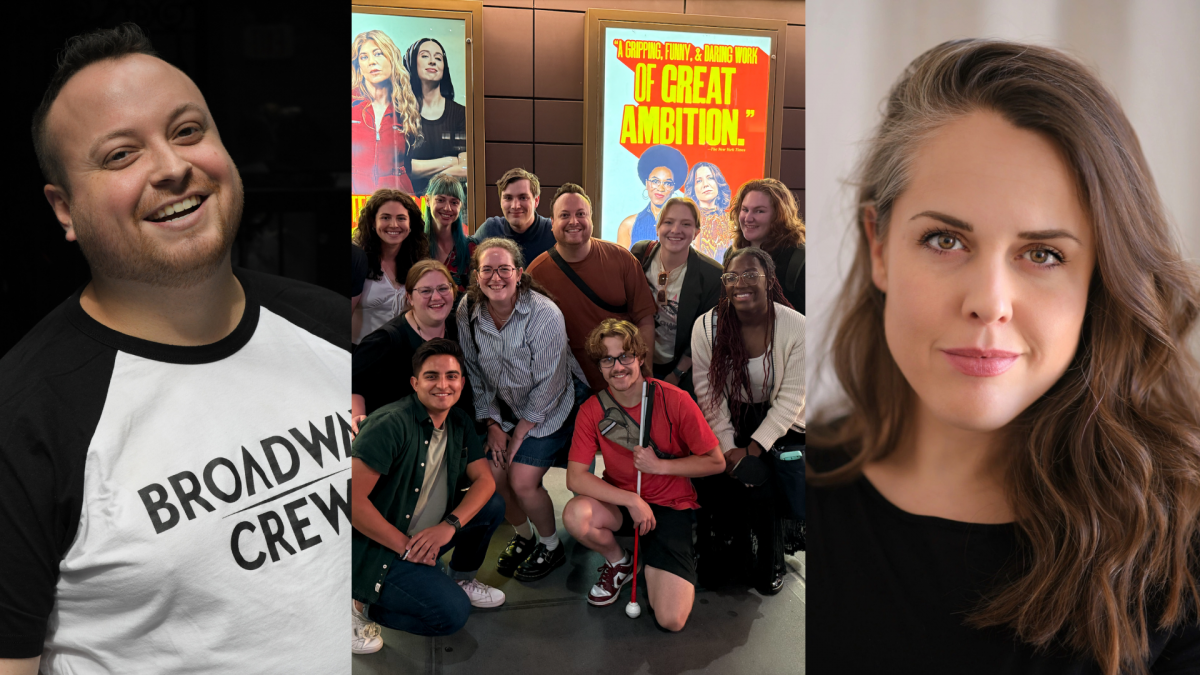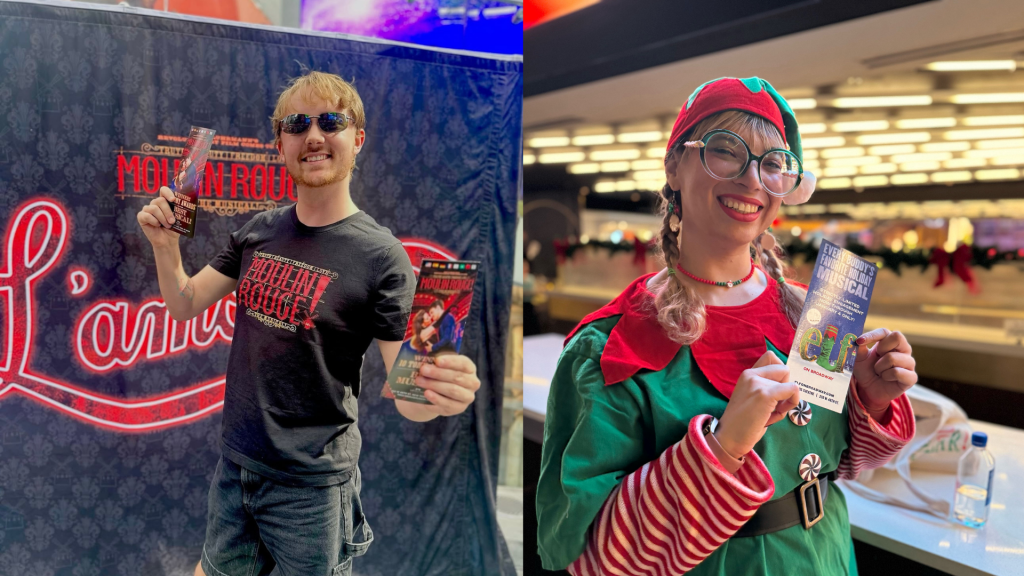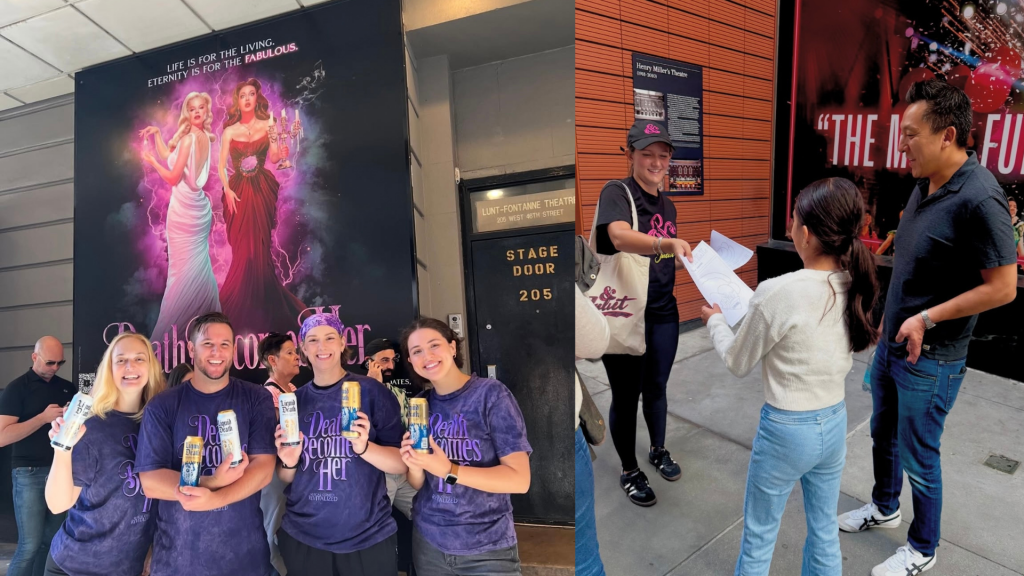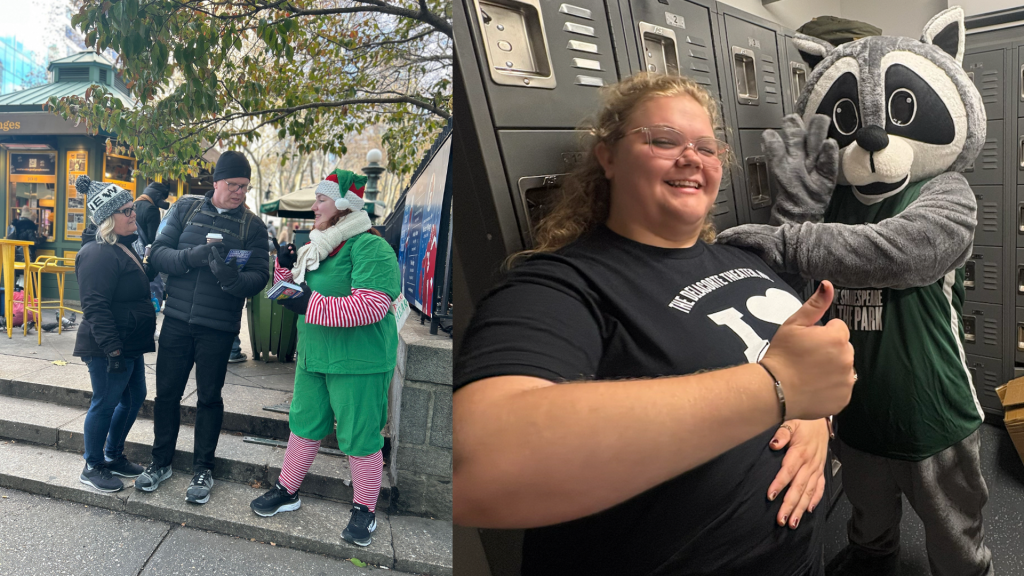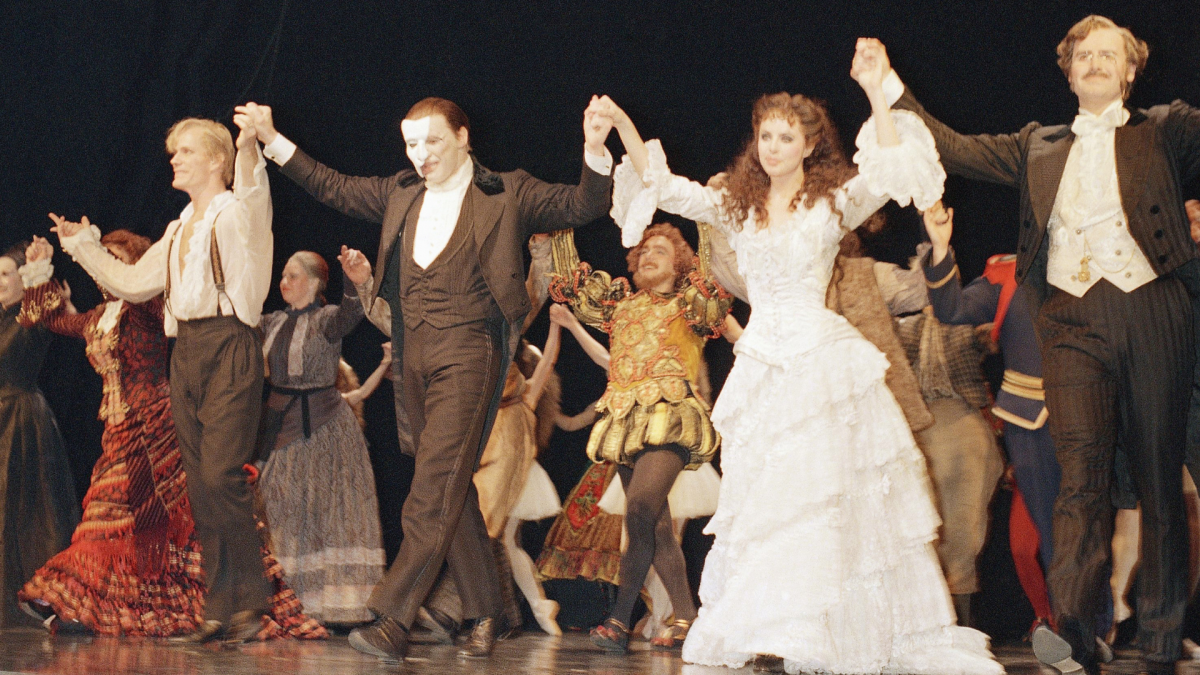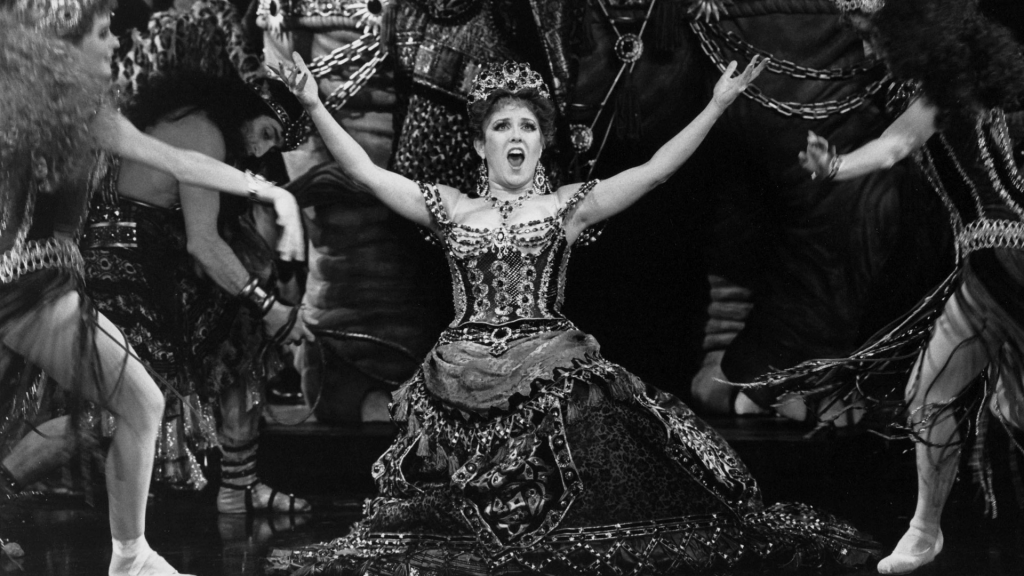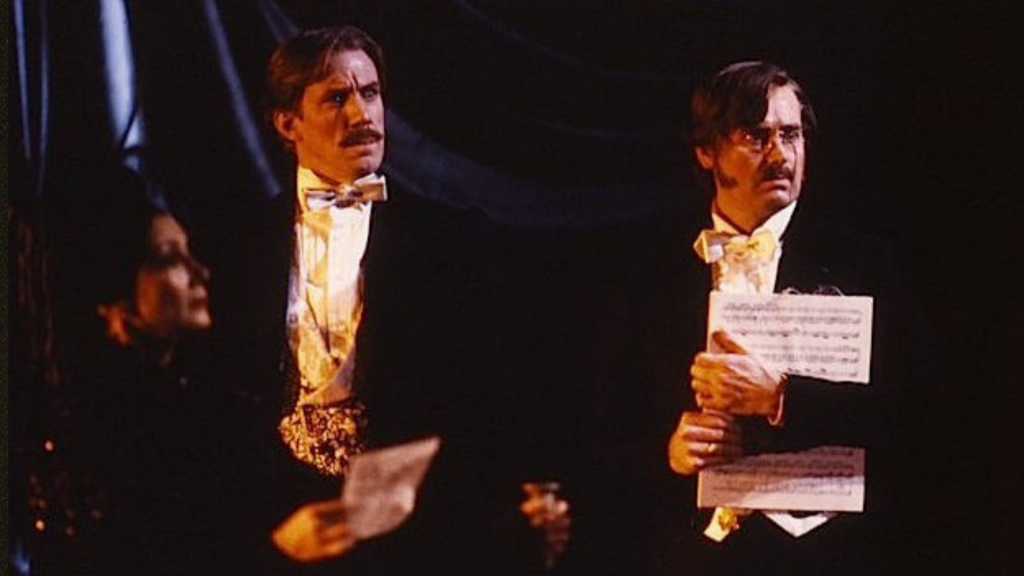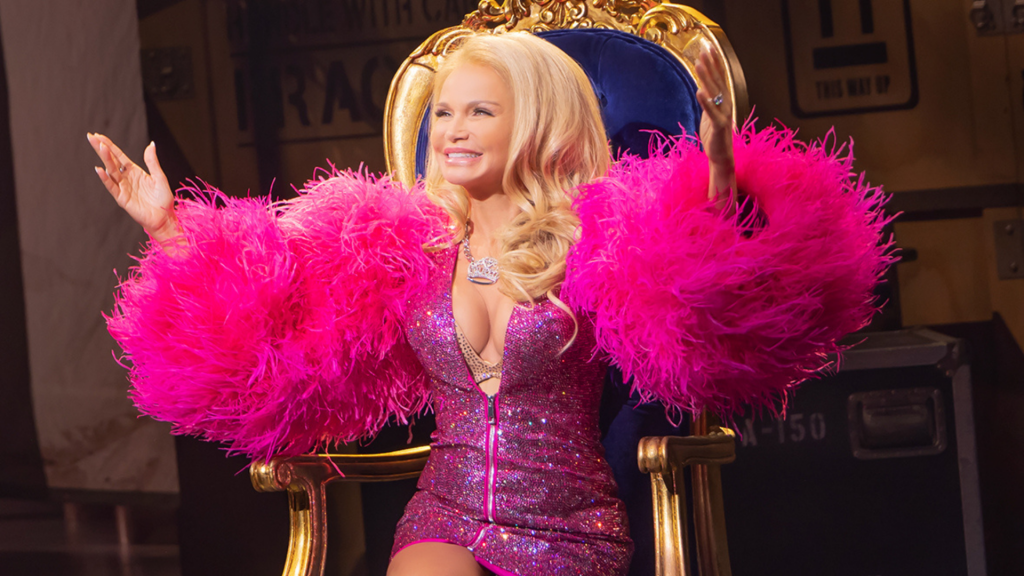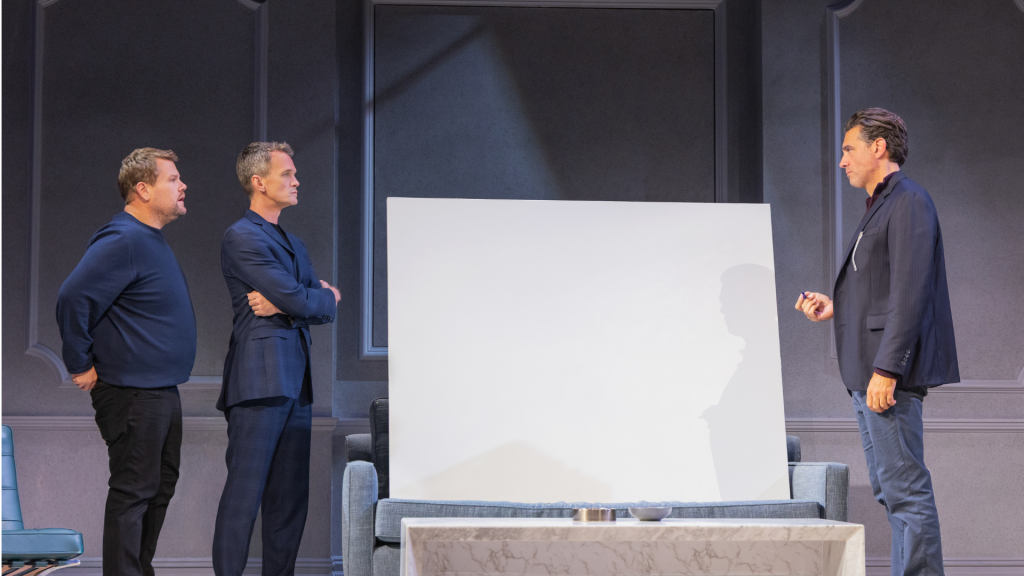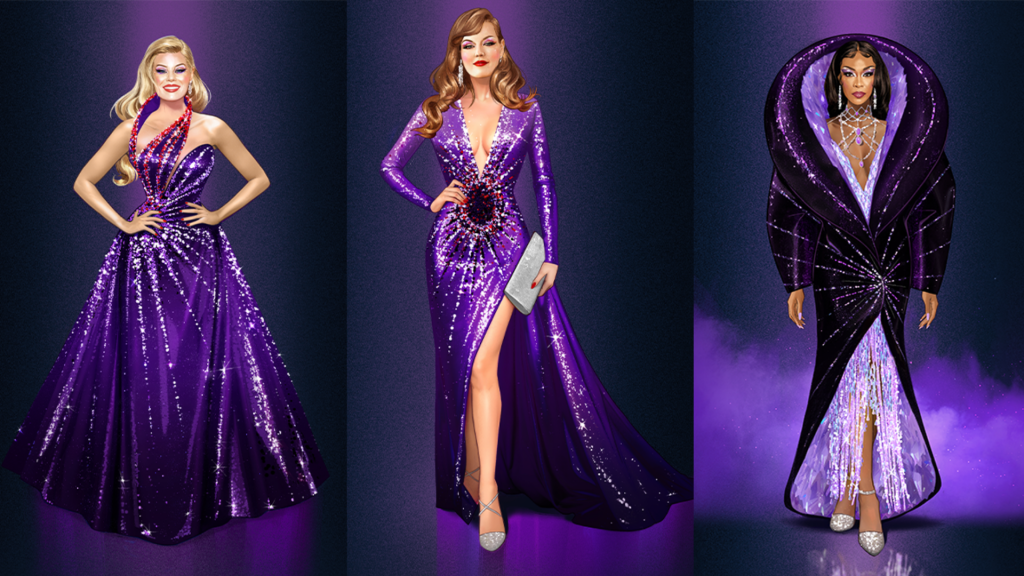New York does the holidays bigger, brighter, and louder than just about anywhere else, and nowhere is that energy more dazzling than on stage. From champagne-soaked Broadway extravaganzas to time-honored seasonal traditions, this year’s holiday theatre lineup offers something for every festive mood. Whether you’re craving roaring-’20s excess, emerald-hued wonder, cozy romance, or classic yuletide grandeur, these shows deliver unforgettable ways to celebrate the season as the city sparkles its way toward the new year.
The Great Gatsby: A 24-Karat Seasonal Sparkle
If your holiday mood board is 50% sequins and 50% jazz, the Broadway Theatre is your North Star. This production is a maximalist’s dream; it’s a tidal wave of 1920s decadence that makes a standard New Year’s Eve party look like a quiet night in. Expect gold-leaf sets, high-octane choreography, and enough fringe to power the entire grid of Midtown. It’s the ultimate party of the century to ring in the end of the year with undeniable style.
For tickets: https://broadwaygatsby.com/
Death Becomes Her: The Immortal Holiday Gala
For those who find the typical family gathering a bit too permanent, the Lunt-Fontanne is hosting the ultimate undead cocktail hour. This show is a masterclass in high-gloss satire and Old Hollywood silhouettes. It’s the perfect choice for anyone who wants their holiday to feel like a fabulous, slightly cursed gala where the champagne never runs out and the leading ladies literally defy the laws of physics.
For tickets: https://deathbecomesher.com
Wicked: The Emerald City Tradition
The Gershwin Theatre remains the green-and-pink standard for a New York holiday tradition. It’s the theatrical equivalent of a warm coat and a hot chocolate—familiar, grand, and emotionally soaring. The spectacle of Oz feels particularly magical during the holidays, making it the ideal show for multi-generational families looking to experience that “Unlimited” Broadway wonder while navigating the winter crowds of Times Square.
For tickets: https://wickedthemusical.com
Maybe Happy Ending: The Cozy Winter Beat
If you’re looking for something that feels like a soft-glow candle in a snowy window, this musical at the Belasco is a gentle, futuristic romance. Telling the story of two robots discovering love in a retro-tech version of Seoul, it’s a quiet, intimate counter-program to the loud bustle of the city. It’s the perfect date-night show for the person who prefers a record player and a vintage scarf to a loud parade, offering a rare moment of technological sincerity.
For tickets: http://maybehappyending.com/
The Lion King: The Pride Lands Spectacle
For a holiday experience that feels as vast and breathtaking as the city itself, the Minskoff Theatre offers a masterclass in stagecraft. This show remains one of Broadway’s most visually stunning achievements, using puppetry and soaring vocals to create a world that feels both ancient and immediate. It is a celebratory, epic experience that reminds us of the larger cycles of life just as one year ends and another begins.
For tickets: https://lionking.com/
Radio City Christmas Spectacular: The Precision of the Season
No list of New York holiday opulence is complete without the world-famous Radio City Rockettes. This isn’t just a show; it’s a meticulously polished machine of glamour. From the legendary Parade of the Wooden Soldiers to the high-tech Dance of the Frost Fairies, the Christmas Spectacular at Radio City Music Hall remains the pinnacle of holiday precision. It offers that rare, massive scale of performance that only Midtown can provide, turning a 90-minute show into a lifelong tradition.
For tickets: https://www.rockettes.com/
For those whose holiday spirit is less sugar-cookie-sweet and more dark, rich, single-barrel bourbon, Company XIV’s Nutcracker Rouge is the subversive antidote to tradition. This Off-Broadway classic in Bushwick explodes the familiar tale into an opulent mix of burlesque, opera, and breathtaking aerial acts. Ditch the polite theater seats and descend into a world of baroque excess, where the Sugar Plum Fairy is redefined with a wink and a corset. It is a hedonistic, high-art celebration designed strictly for the 21-and-over crowd.
For tickets: https://companyxiv.com/about/shows/nutcracker-rouge/
Cirque du Soleil: ‘Twas the Night Before…: A Kinetic Classic
For those who prefer their holiday spirit with a side of gravity-defying wonder, Cirque du Soleil’s festive residency at The Theater at Madison Square Garden is essential. This production takes the classic Clement Clarke Moore poem and explodes it into a flurry of acrobatic storytelling and reimagined holiday hits. It is a high-energy, visual feast that replaces traditional carols with breathtaking stunts, making it the perfect choice for those looking for a modern, high-octane twist on the spirit of the season.
For tickets: https://www.cirquedusoleil.com/usa/new-york/twas-the-night-before/buy-tickets
A Christmas Carol: The Essential Spirit of the Season
For the ultimate theatrical grounding of the holiday season, this production offers a timeless reminder of generosity and change. Staged at the new Perelman Performing Arts Center (PAC NYC) in downtown Manhattan, this is the essential classic that contrasts the glitz of Broadway with a poignant, powerful, and often strikingly dramatic story of redemption.
For tickets: https://pacnyc.org/whats-on/a-christmas-carol/
